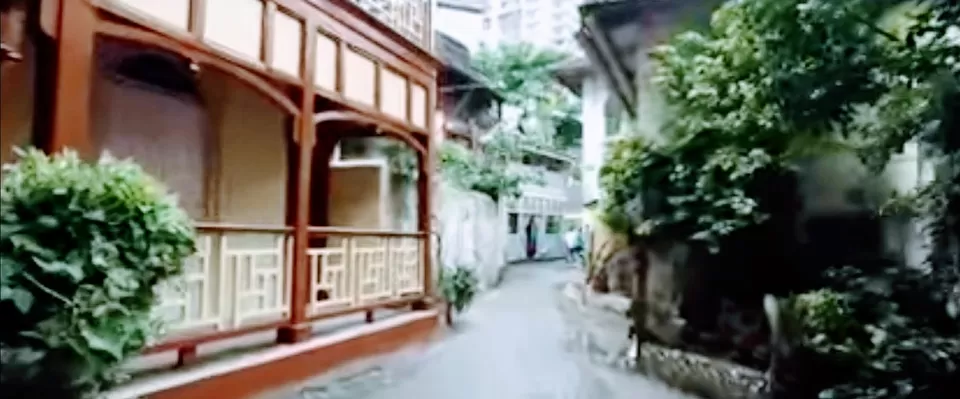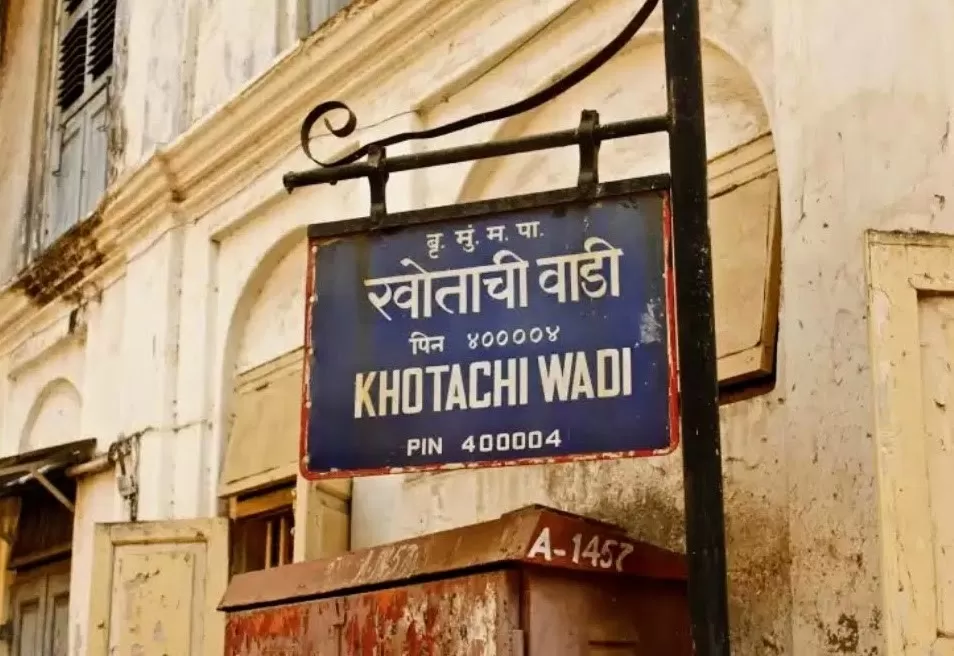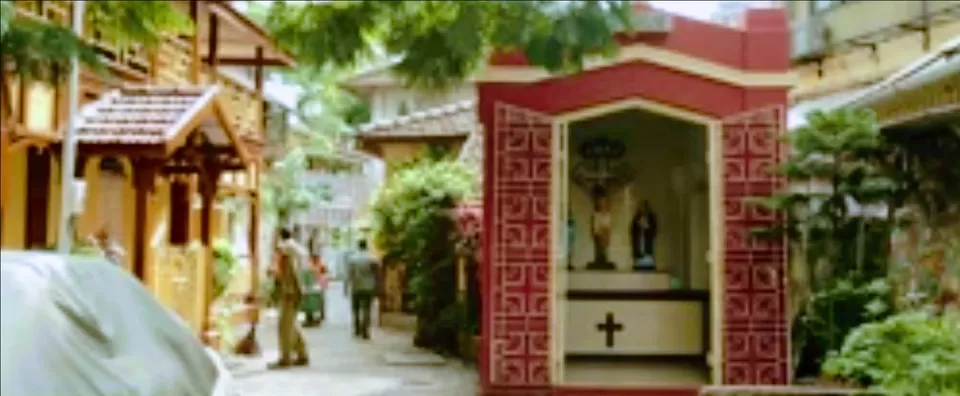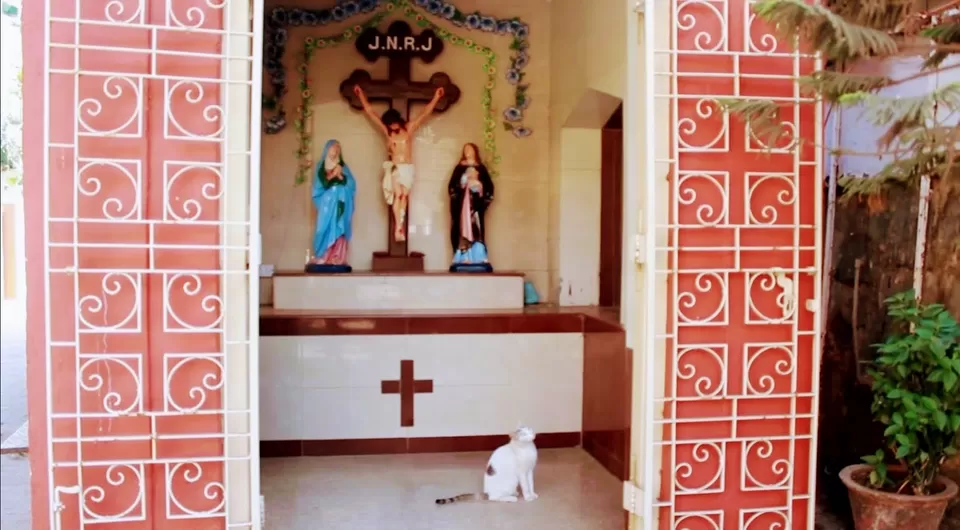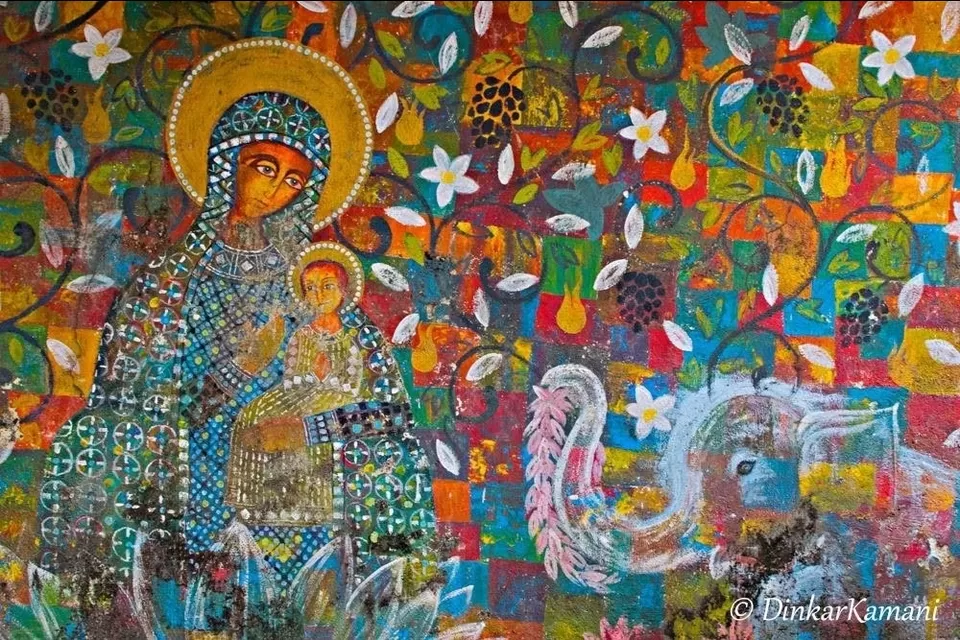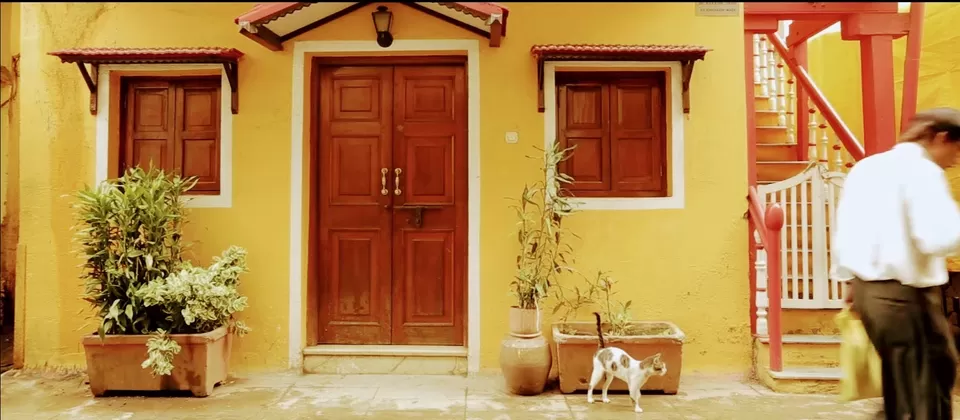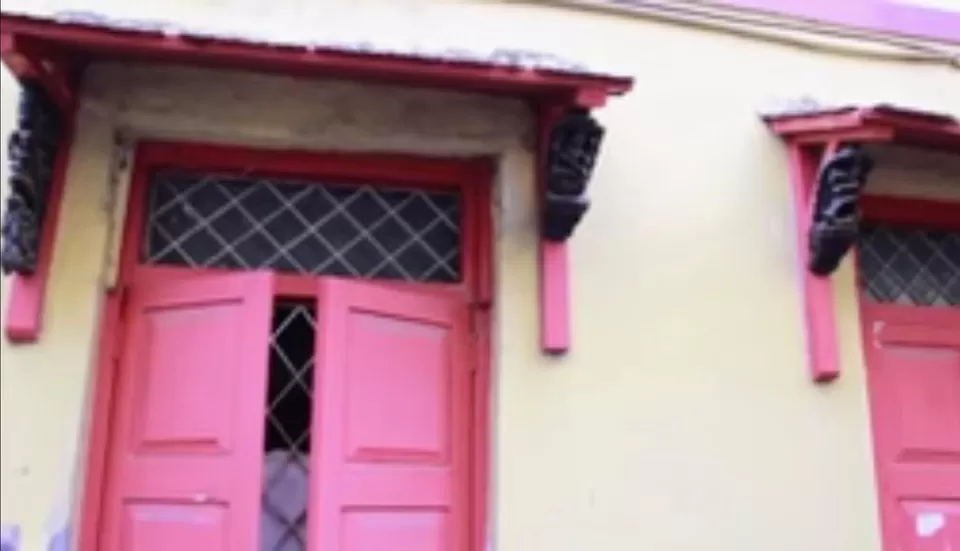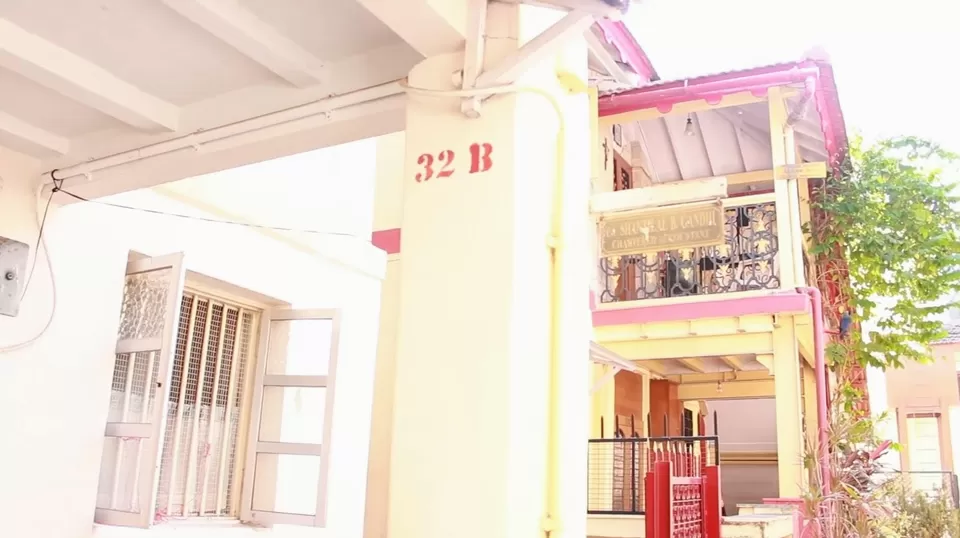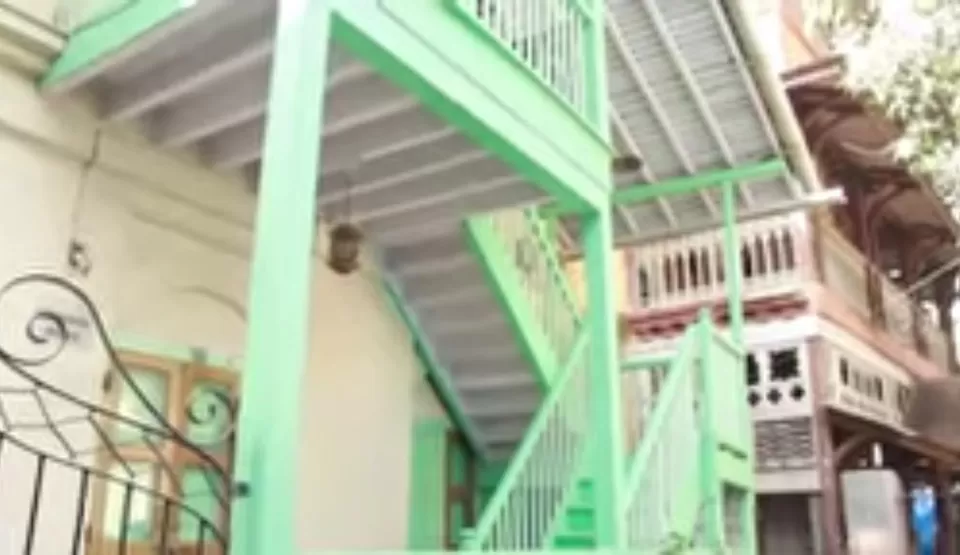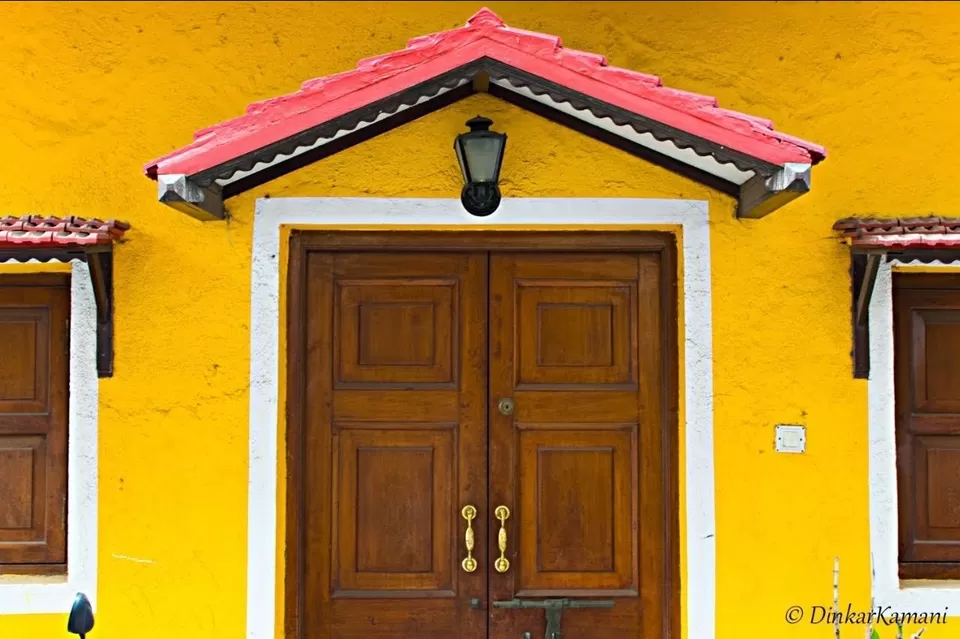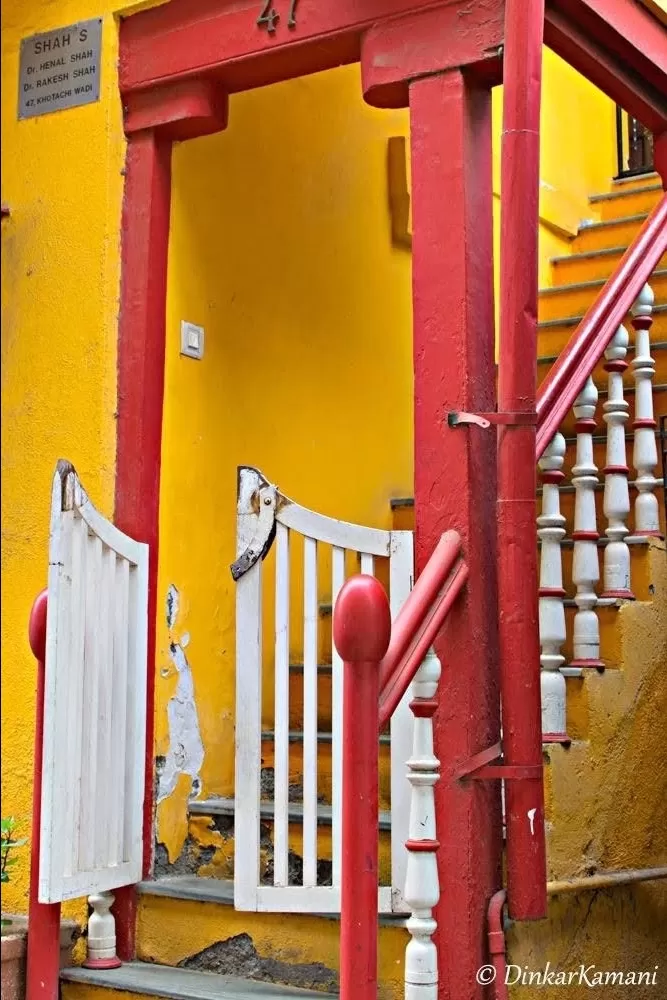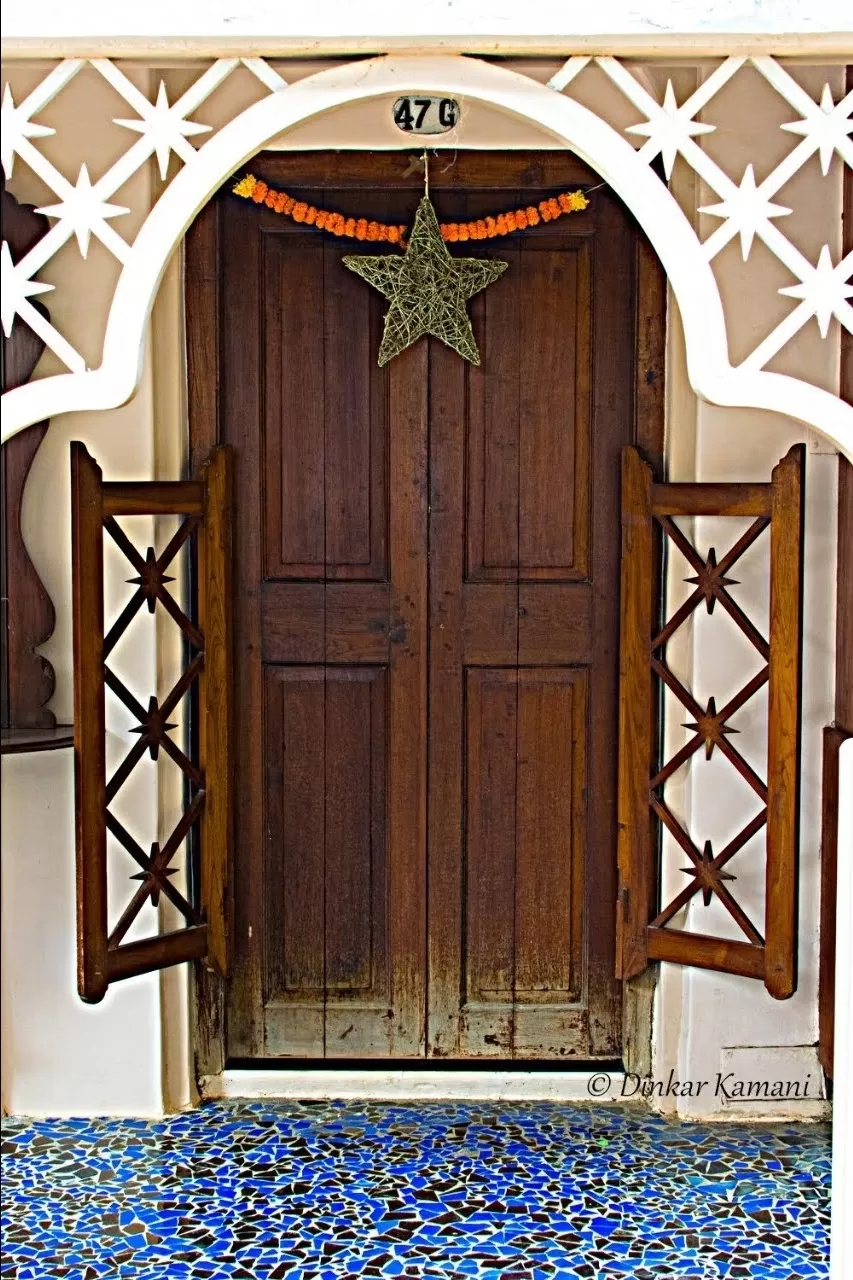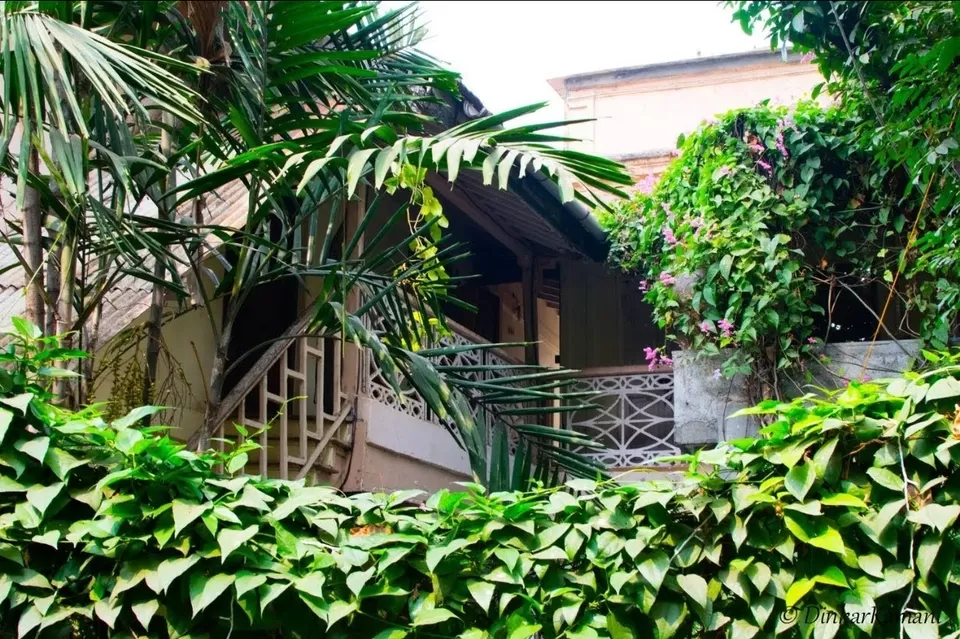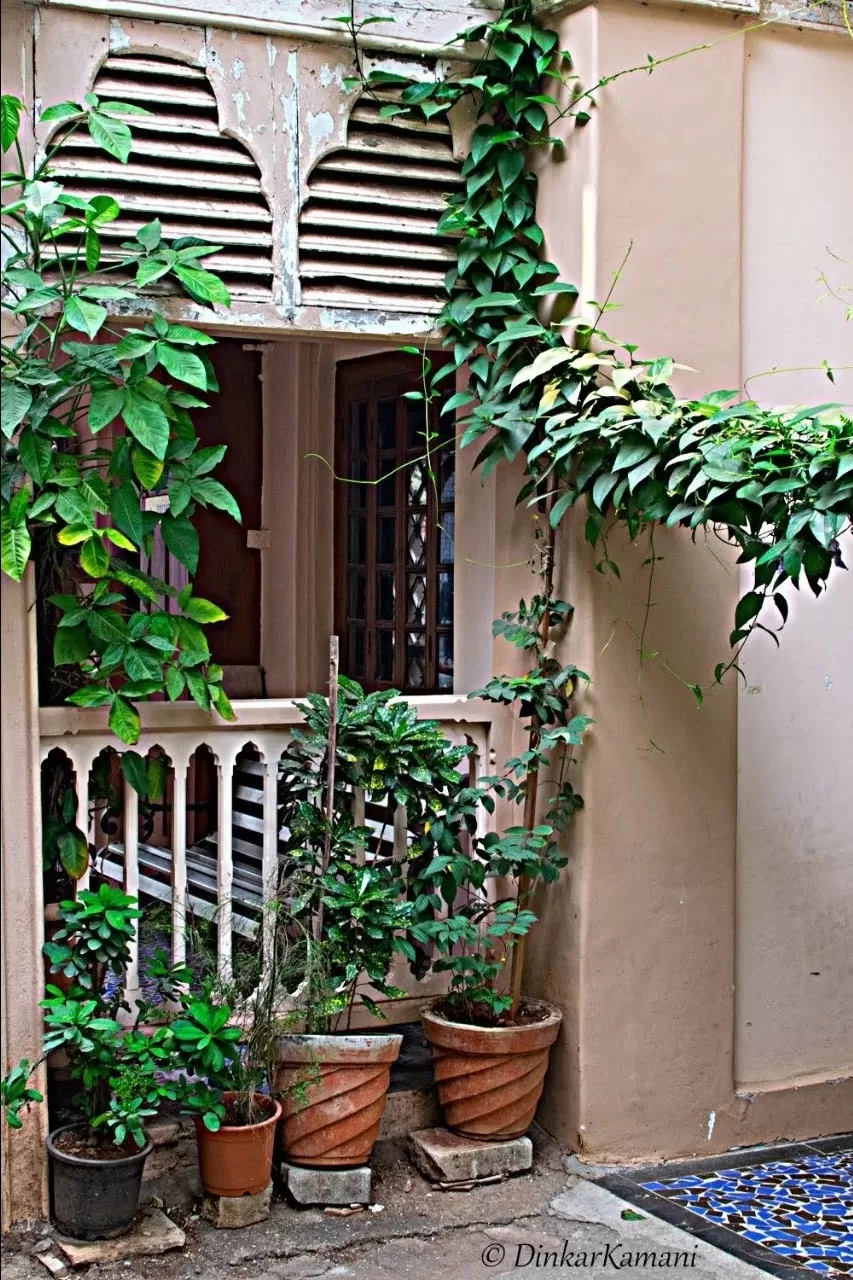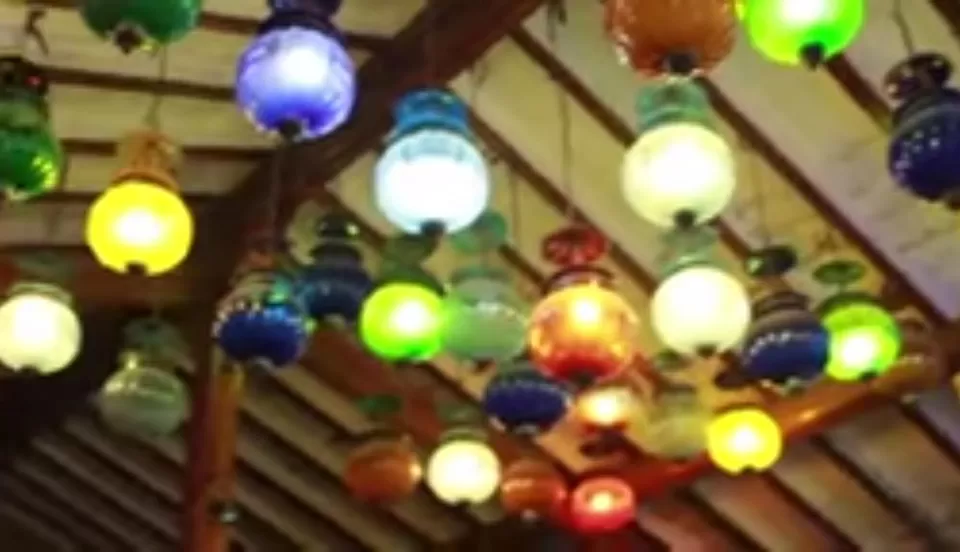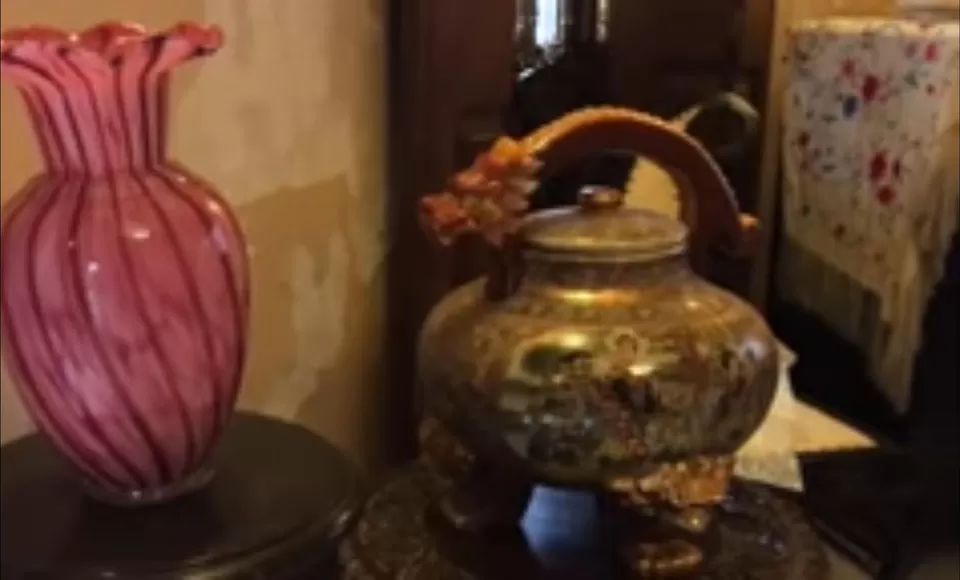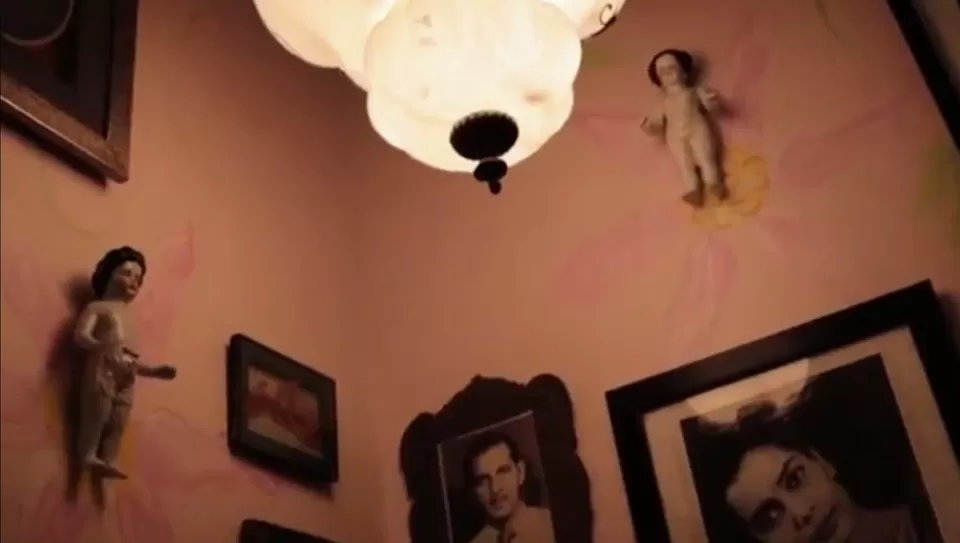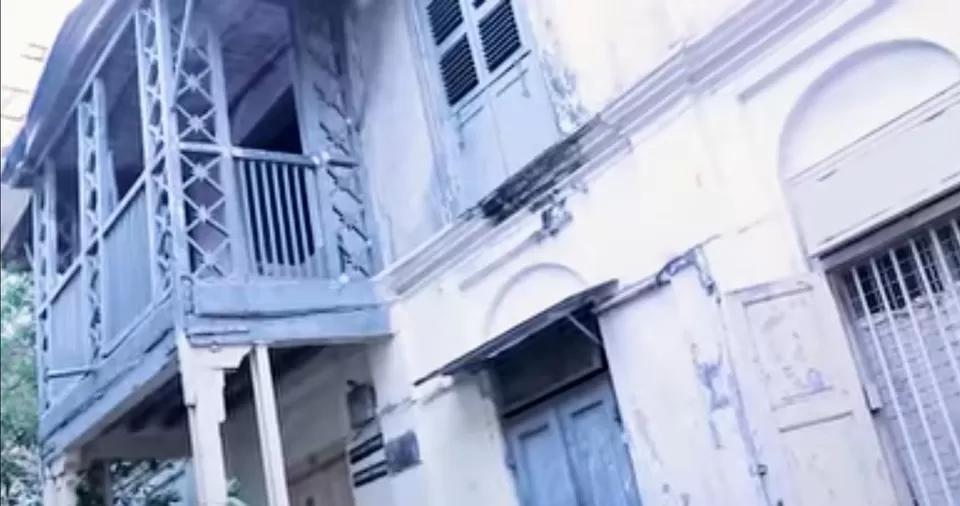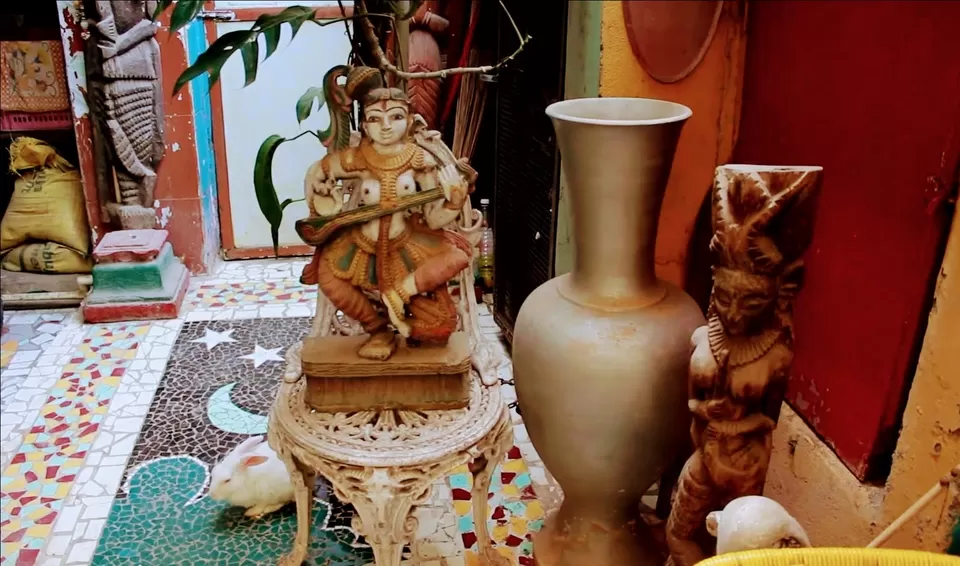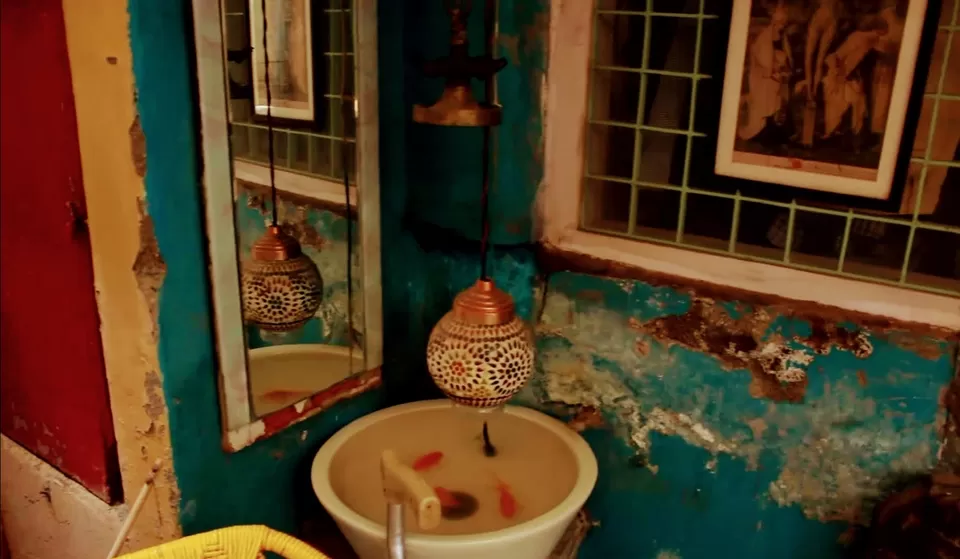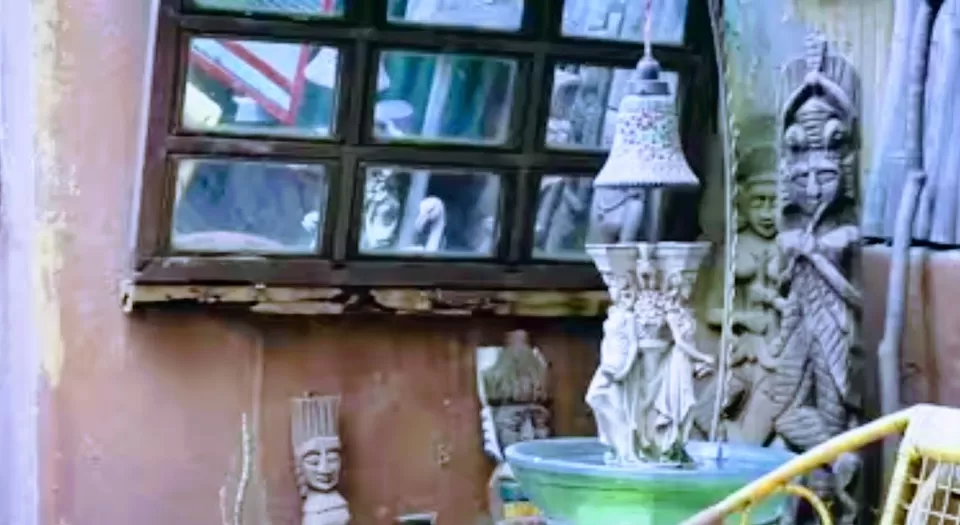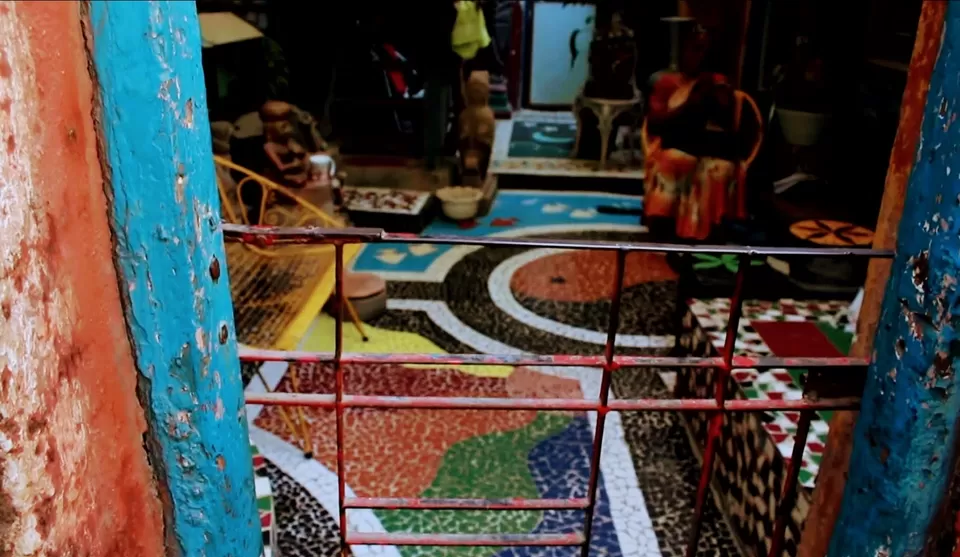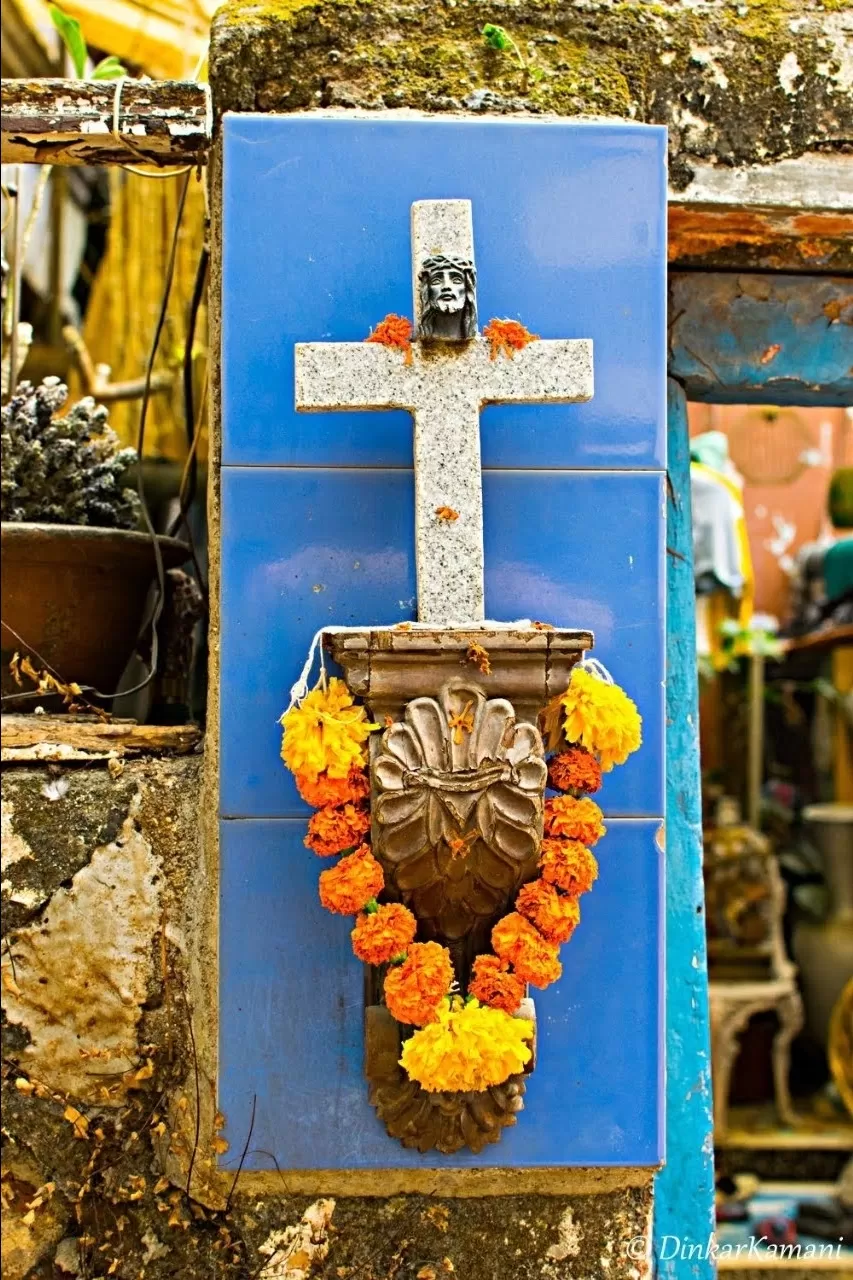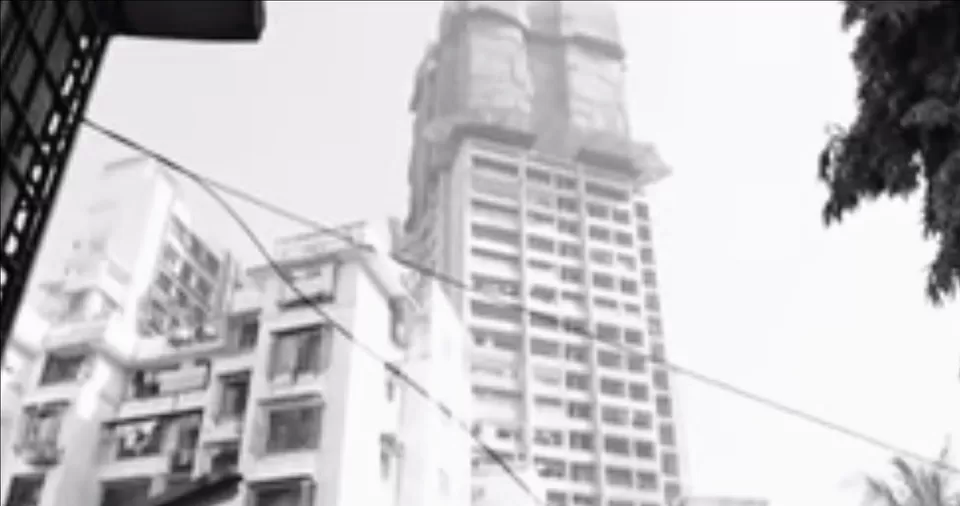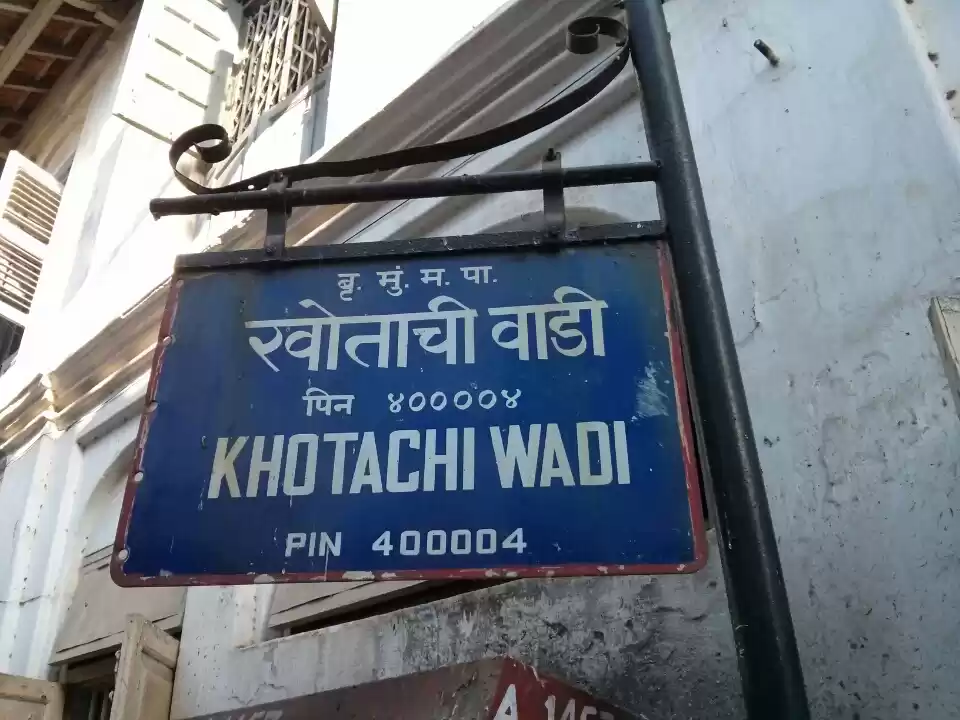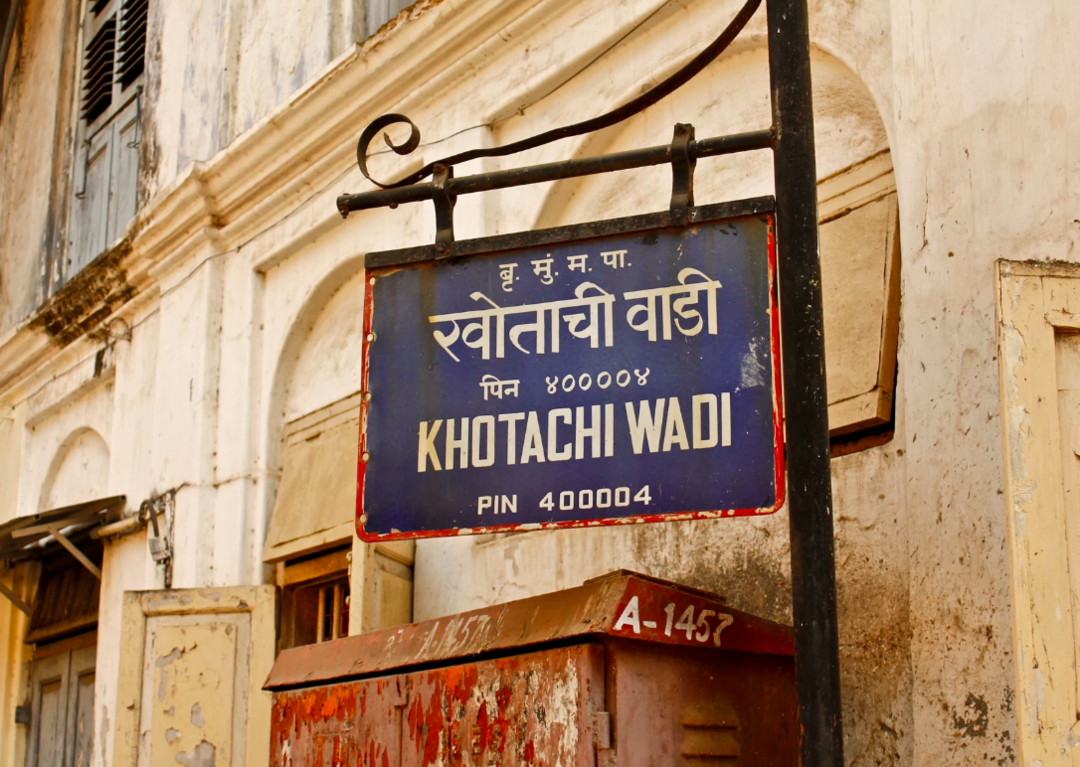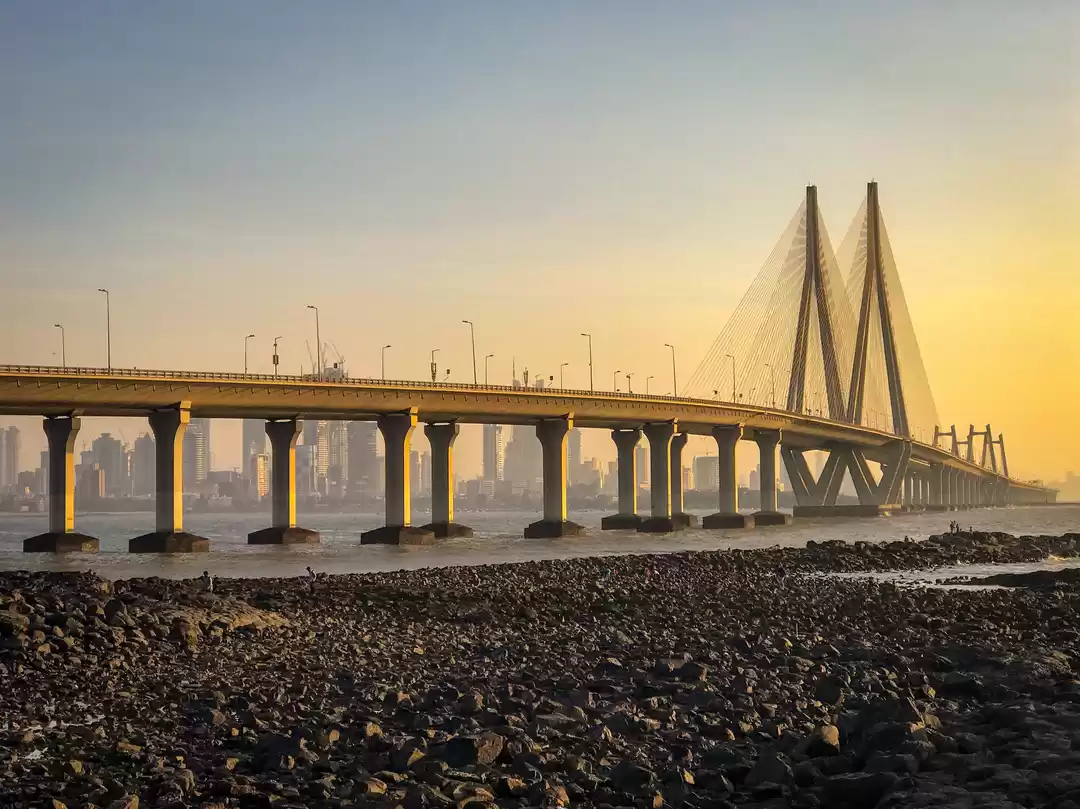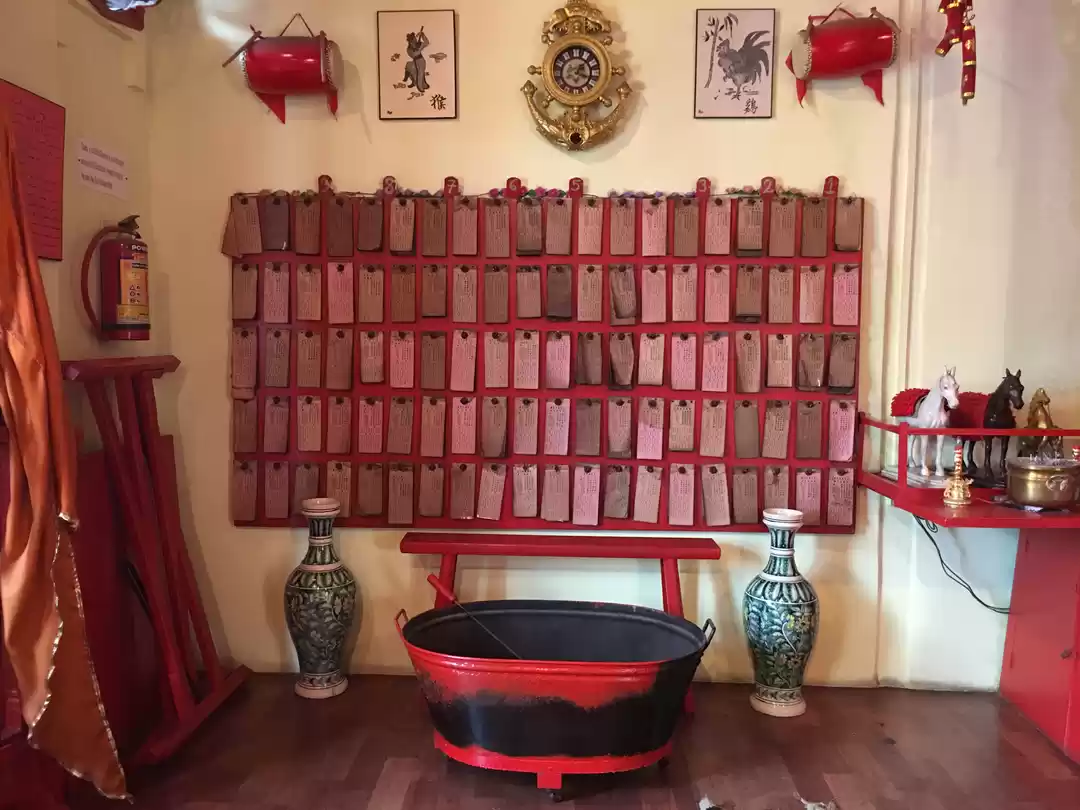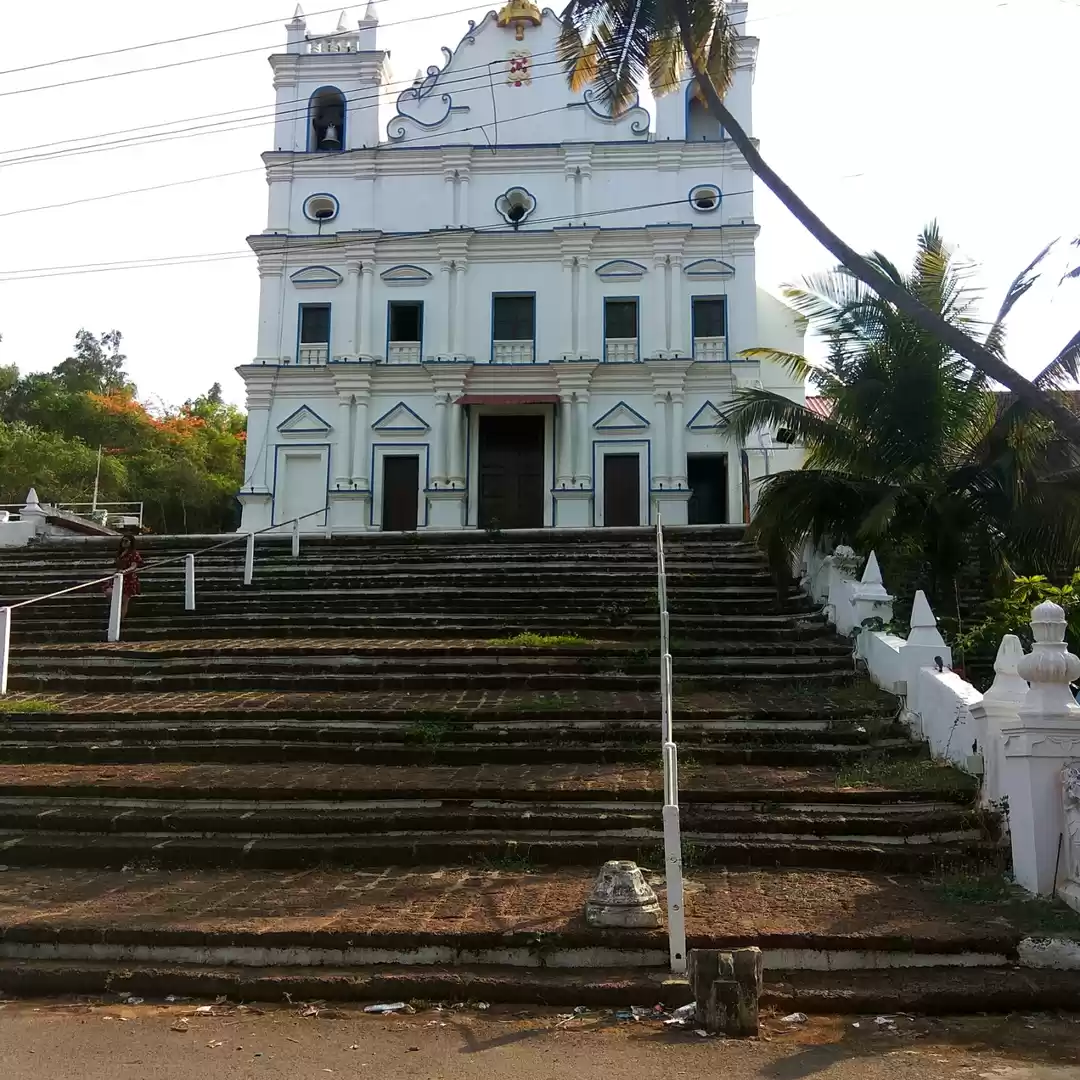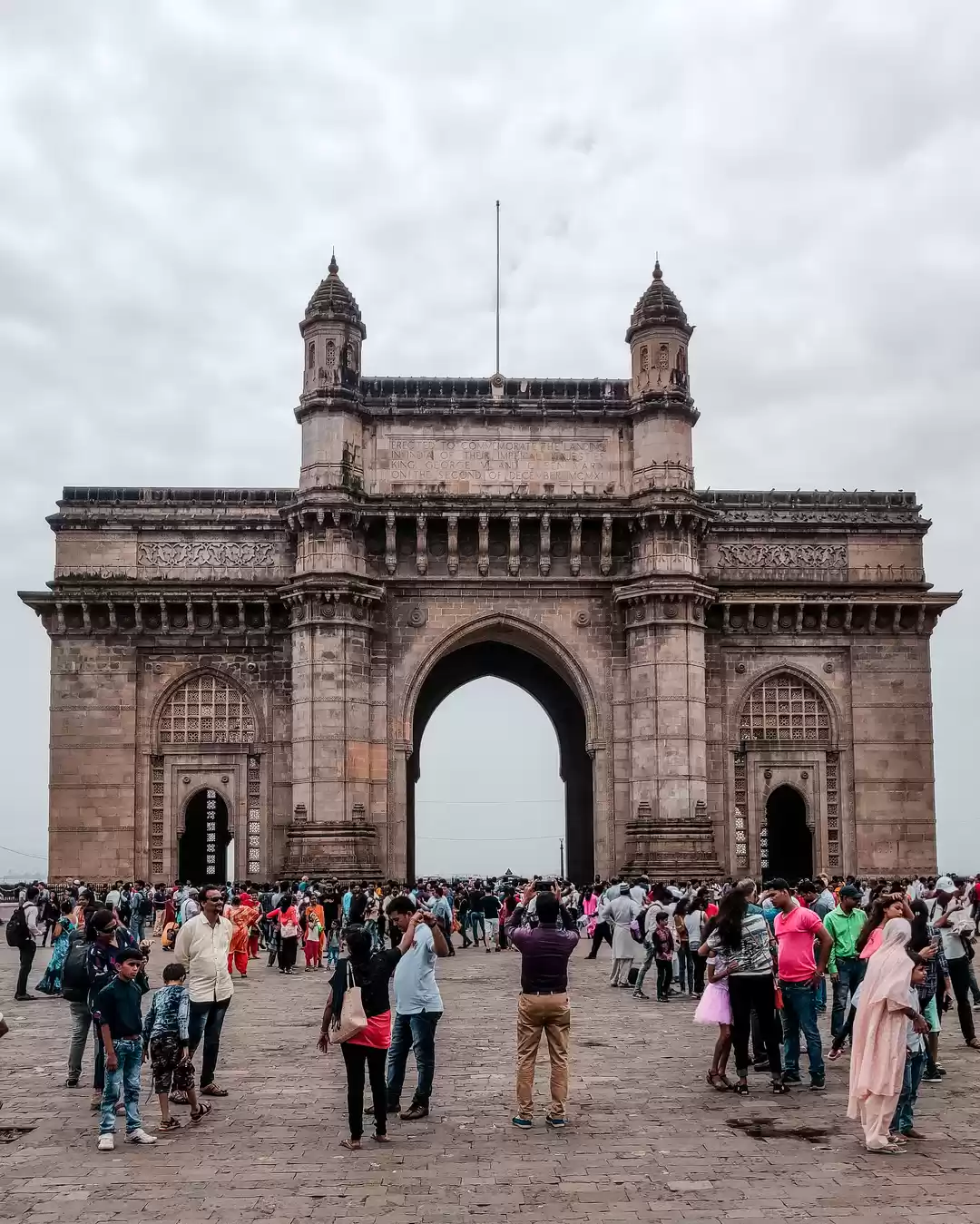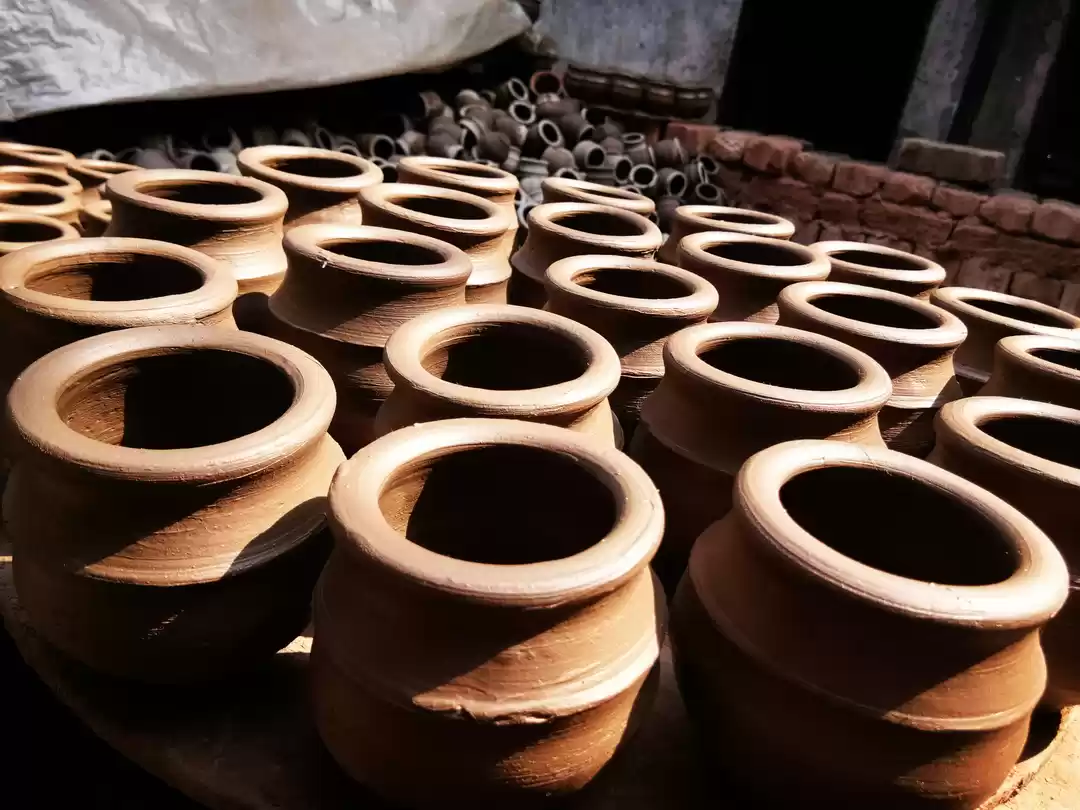A small village in the Girgaum locality of Mumbai. In the steaming hustle and the madness of the city that Mumbai is, there are few locations that are known to have a quieter air.
The village is known for its old houses that have a distinctive character and still retain their original charm, untouched by time!!
A place that boasts of rich heritage and thousands of stories that shaped Mumbai – welcome to Khotachiwadi!
The village was founded in the 18th century when a local called Waman Rao Khot a wealthy Pathare Prabhu who sold plots of land to East Indian families the city’s first original inhabitants, the village came into existence in the 1800’s.
There were around 65 houses then, but the number has since come down by more than a half to 28.
If you are in South Mumbai, either living there or visiting, your escape from the hustle and bustle of the city isn’t far away! From Charni Road, walk towards Theresa Church, take a right turn and walk for a few hundred meters where you will find a small bylane with a board spelling out ‘Khotachiwadi.’
Take that inconspicuous bylane, and in a few minutes, you will be out of the noise and the push of the metropolis. This is truly the escape from the city that you were seeking.
A series of old, Portuguese-style houses strewn across narrow lanes a lovely little
chapel situated right at the begining welcomes you to one of the oldest establishments in Mumbai.
You’ll feel like you have been transported back in time or have been transported to Goa! There is little doubt that from the start you will be in awe of the beautiful colorful houses of Khotachiwadi. Many of these houses have verandas, intricate column designs and arched doorways, narrow external stairways made out of teak imported from Burma. Each house is vibrantly coloured, shadowed by swaying palm trees.
If you go in the afternoon, you will also be greeted by the smell of the Konkan and Goan cuisine, particularly of fish being cooked in the kitchens.
The only thing that seems to be missing is perhaps the sound of the waves crashing at a distance.
As you walk into Khotachiwadi, the tiny chapel lying towards the right side of the road is a landmark you cannot miss. Painted in a lovely shade of red, it has an idol of crucified Christ. Outside, there is captivating graffiti of Mary who sits on a lotus holding baby Jesus. She is surrounded by flowers that grow on the Quercia tree. This chapel was built in the late 19th century as a gift to God for saving Khotachiwadi’s residents from the 1890’s plague that affected Bombay badly. Today, the chapel is visited by several people who sit on the bench outside, saying their prayers.
The chapel at one point, had a small crib depicting the scenes when Jesus was born.
The world seems to be at rest. For a moment I forget that I am in Mumbai. That a perfect lazy afternoon like this can be found in a city that is always burgeoning with chaos and cacophony.
One of the most famous addresses is
House Number 47G in Khotachiwadi. Owned by fashion designer James Ferreira, the 200-year-old house sees a flurry of visitors on any day and has set the stage for fashion pop-ups, art and culinary events.
Ferreira owns a wide collection of memories, artefacts, knick-knacks and documents that exhibit the traditions and lifestyle of the East Indian community. Each individual piece is completely distinct from everything else but, by a stroke of magic, comes together like a beautiful puzzle. A tiny patio outside with wine-coloured walls offset the yellow-tiled floor and are tied together by lovely little elements like glass lamps, plates, pots and planters in every shape and size you can imagine. At the back of his house is a dimly lit study which has warm, rustic interiors. The shelves and the cupboards are stacked with old books and encyclopedias. James Ferreira’s house is also a stunning bed and breakfast. Thus if you are too captivated by the space, you can rent it out for a short escape from the city!
Today Khotachiwadi faces a threat from the rapid urbanization, with a move to convert the houses to high-rise buildings. Whose identity and cultural legacy seem to be crumbling under the weight of rapid urbanization and the influx of migrants. Here only a few places still retain their original charm, untouched by time.
The village was declared a protected historical precinct in 1995, but the order was reversed in 2006 – a decision with much opposition from the residents and activists.
Sadly the struggle is to preserve the few remaining heritage buildings and their replacements by glass-faced buildings.
Location-: Khotachiwadi Girgaon, South Mumbai. The nearest station to it is Charni Road on the Western Line.
P.C. Dinkar Kamani and Pranati Kamani
